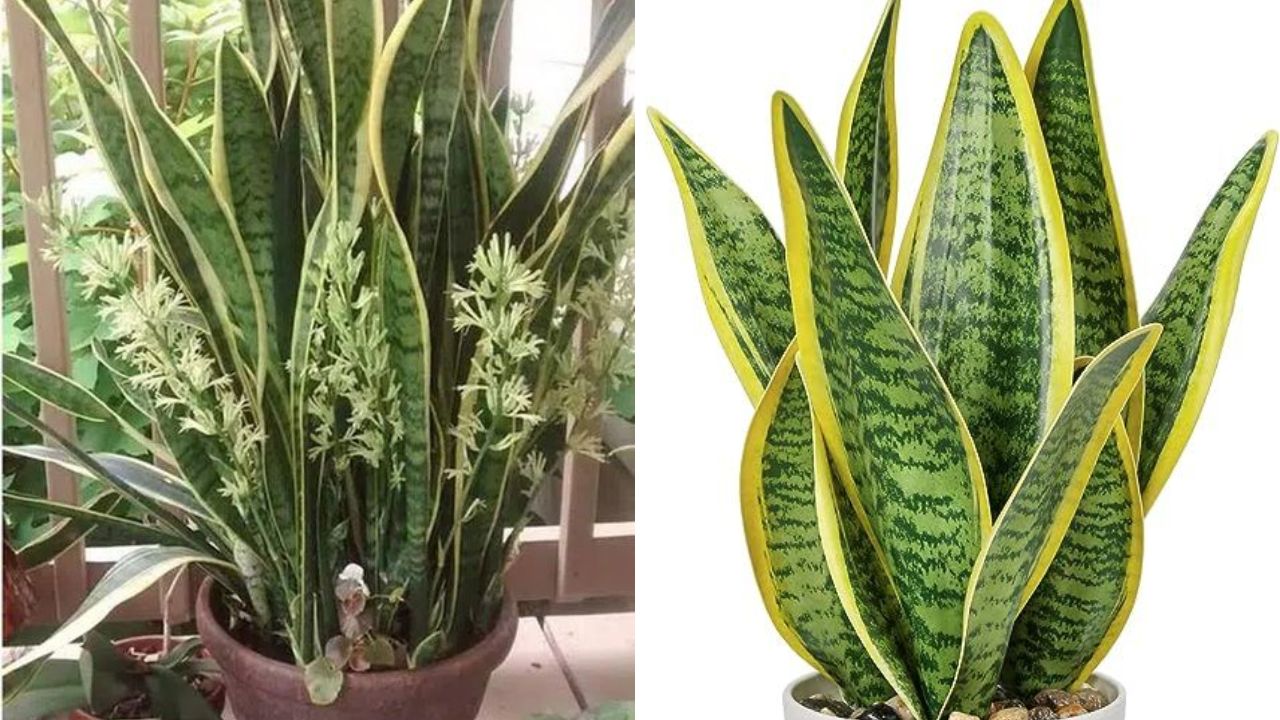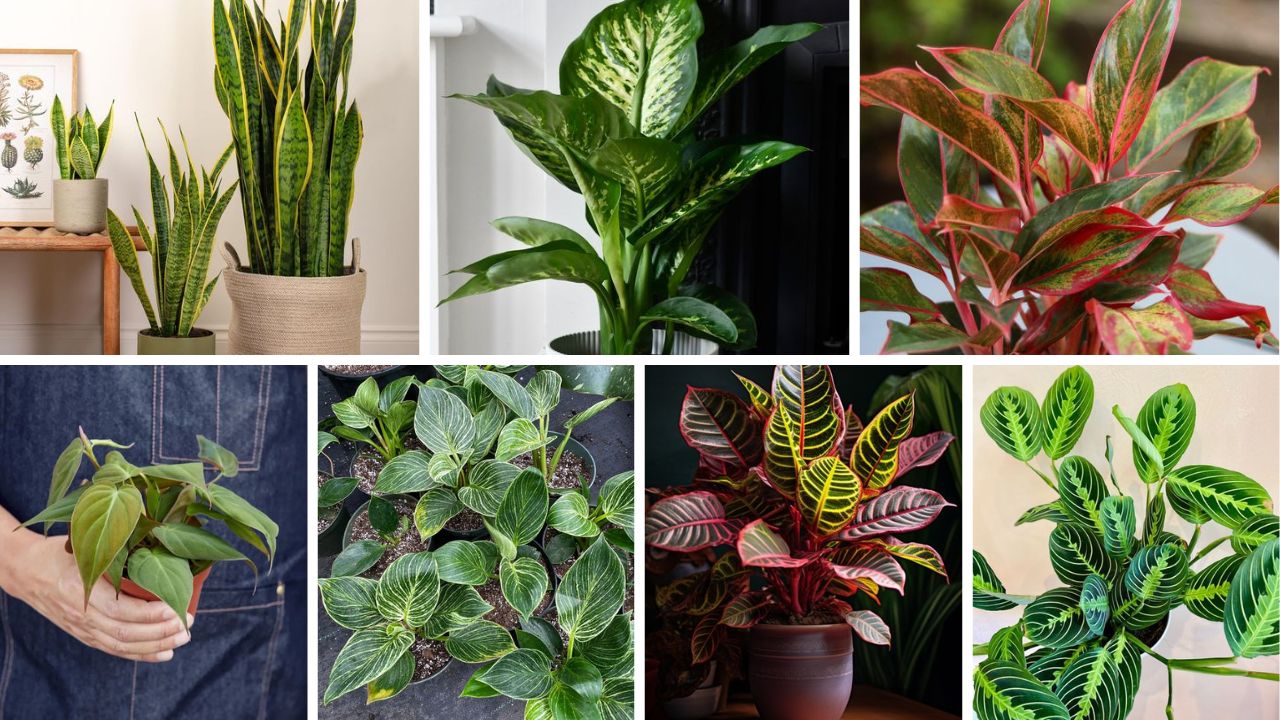America’s gardens are seeing an increase in the use of wildflowers. They provide an amazing range of colors, textures, and foliage throughout the summer and are reasonably easy to cultivate and care for. Although it’s best to use native wildflowers for your area, it’s usually okay to choose non-native species if they won’t spread elsewhere.
Table of Contents
ToggleTop 10 Wildflowers to Your Garden
Consider adding these 10 wildflowers to your garden.
10. Wild Cosmos (Cosmos bipinnatus)

Native to Mexico. The common name for Cosmos bipinnatus is “wild cosmos.” This wildflower’s popularity in xeriscaping is a result of its ability to withstand dryness.
- USDA Growing Zones: 2 to 11
- Color Varieties: Golden yellow, white, pink, magenta, orange, yellow, red, chocolate
- Sun Exposure: Full sun
- Soil Needs: Well-draining soil (not too rich)
- Water Needs: Tolerates drought well
09. White Water Lily (Nymphaea odorata or Nuphar luteum)
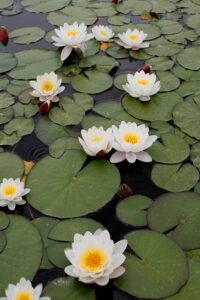
Ponds or water lilies are essential wildflowers for water gardens. Perhaps even more valuable than the water lily petals are the lily pads. Nymphaea odorata is the botanical name for these magnificent water plants.
Nuphar luteum, sometimes called the “yellow pond lily,” is a related but distinct plant that is commonly found in ponds throughout New England. It is dissimilar both in terms of color and botanical makeup (different genus), yet it is similar in that it has those characteristic lily pads and lives in the same natural habitat.
- USDA Growing Zones: 4 to 11 (depending on variety)
- Color Varieties: White, pink, or yellow
- Sun Exposure: Full to partial
- Soil Needs: Wet, poor, sandy soil
- Water Needs: Does not tolerate drought
08. Rudbeckia (Rudbeckia hirta)

Rudbeckia hirta, commonly referred to as “black-eyed Susan,” is a plant that certainly deserves a common name. This plant is simply too lovely and happy to be known by its obnoxious scientific name. Black-eyed Susans are native wildflowers of eastern North America that belong to the Rudbeckia genus, which also includes gloriosa daisies.
- USDA Growing Zones: 3 to 8
- Color Varieties: Gold to orange petals with brown center
- Sun Exposure: Full
- Soil Needs: Average, well-drained soil
- Water Needs: Prefers moist soil but will tolerate drought
07. Cardinal Flower (Lobelia cardinalis)
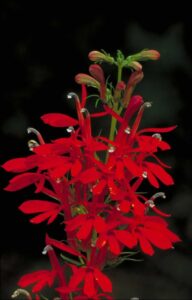
A great plant for hummingbirds is the cardinal flower. It is a useful plant for damp environments as well. One of the more beautiful red wildflowers native to eastern North America is the cardinal flower, sometimes known as Indian pink (Lobelia cardinalis).
- USDA Growing Zones: 3 to 9
- Color Varieties: Scarlet red, white or rose
- Sun Exposure: Full to partial
- Soil Needs: Rich, medium to wet soils
- Water Needs: Does not tolerate drought
06. Coneflower (Echinacea purpura)

Coneflowers are available in an array of hues. As an illustration, two popular orange coneflower varieties are Echinacea ‘Firebird’ and ‘Secret Lust.’ Echinacea purpurea, the botanical name for purple coneflower, may be equally familiar to those who are interested in natural medicines. Purple coneflower is prized in wildflowers gardens for the hue of its violet petals. It is best to divide this perennial in the spring.
- USDA Growing Zones: 3 to 8
- Color Varieties: Purple, mauve, rose-pink
- Sun Exposure: Full to partial
- Soil Needs: Any soil amended with fertilizer
- Water Needs: Prefers moist soil
05. Plains Coreopsis (Coreopsis tinctoria)

Wildflowers of the plains coreopsis are annuals. Plains coreopsis, or Coreopsis tinctoria, is a native flower of the North American prairies, much like blanket flowers. Moonbeam coreopsis is a perennial variety, and there are now many additional cultivated kinds available at many garden centers.
- USDA Growing Zones: 2 to 11
- Color Varieties: Yellow petals with a reddish-brown center disk
- Sun Exposure: Full sun
- Soil Needs: Clay, dry, or shallow-rocky soil
- Water Needs: Extremely drought-tolerant
04. Bachelor Buttons (Centaurea cyanus and Centaurea Montana)

The former uses of these flowers are whence the term “bachelor buttons” originated. Bachelors wore the flower while they courted; they were occasionally tucked into the buttonhole of a coat or shirt. They go by the names bluebottle and cornflower as well.
As one of the rare true-blue wildflowers, these blossoms are highly valued. There are two types: Centaurea Montana, a perennial bachelor button, and Centaurea cyanus, an annual that is known to botanists as shown in the picture.
- USDA Growing Zones: 2 to 11
- Color Varieties: Pale blues, purples, pinks, and reds
- Sun Exposure: Full sun
- Soil Needs: Average, well-drained soil
- Water Needs: Prefers moist soil but tolerates drought
03. Queen Anne’s Lace Wildflower (Daucus carota)
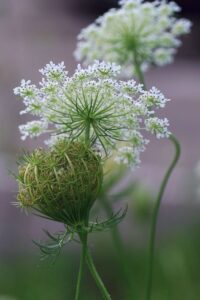
The botanical name for Queen Anne’s lace is Daucus carota. It’s true that carrots and Queen Anne’s lace are connected. These wildflowers have bruised roots that release a fragrance reminiscent of carrots when you pluck one up. We refer to the single, dark tiny flower in the center of the flower head as the “fairy seat.” Additionally, the hue may change. It is available in burgundy or purple tones.
The plant grows quickly throughout the garden because of its thick tap roots. When working with the plant extensively, it is best to wear gloves.
- USDA Growing Zones: 3a to 11a
- Color Varieties: White with red or black center
- Sun Exposure: Sun to partial shade
- Soil Needs: Neutral to mildly alkaline
- Water Needs: Prefers evenly moist soil, will tolerate drought
02. Blanket Flowers (Gaillardia aristata)
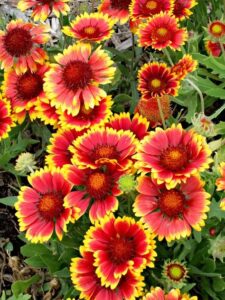
The hues of blanket flowers are evocative of an Indigenous blanket design, hence its name. The blanket flower (Gaillardia aristata), a wildflowers of the North American plains, has a bichromatic appearance. Divide during springtime to boost your stock and revitalize these lovely blossoms.
- USDA Growing Zones: 3 to 10
- Color Varieties: Various shades of red, yellow, orange, or peach
- Sun Exposure: Full sun
- Soil Needs: Well-draining soil, avoid clay soil
- Water Needs: Tolerates dry conditions
01. New England Aster (Symphyotrichum novae-angliae)
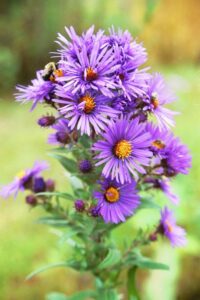
The New England aster, a colorful perennial that can withstand salt, is native to the northeastern United States and makes a great border planting. The ‘Purple Dome’ New England aster cultivar is shown. Plants can be propagated by being divided in the spring.
- USDA Growing Zones: 4 to 8
- Color Varieties: Purple, pink, or white rays with yellow centers
- Sun Exposure: Full sun
- Soil Needs: Well-drained soil amended with compost
- Water Needs: Prefers moist soil, but can tolerate some drought when established
Also Read: Carnations: Plant Care and Complete Growing Guide

